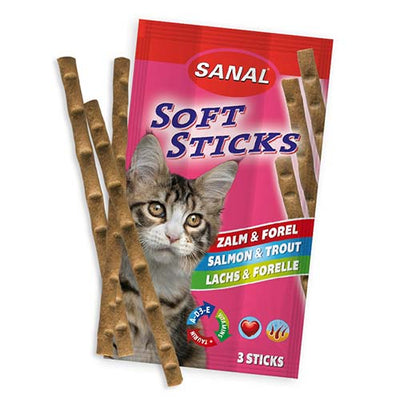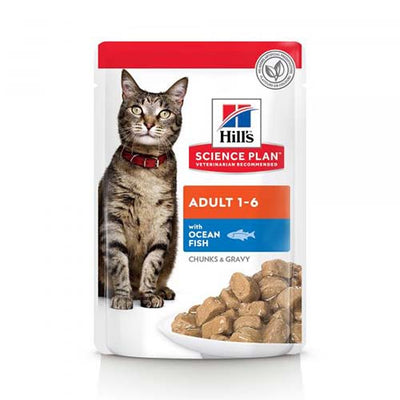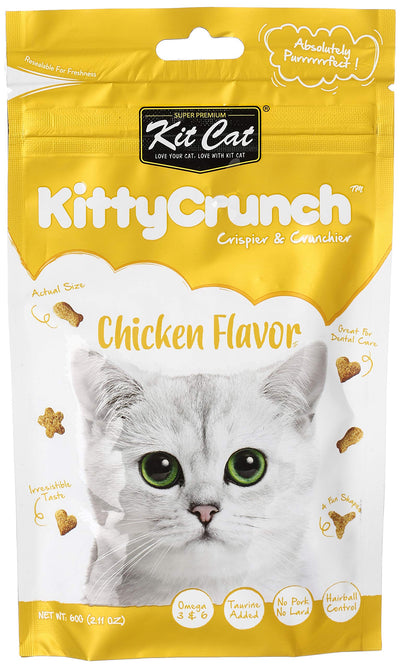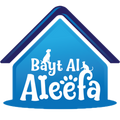Is your pet constantly itching? Are they always gnawing at their paws? It could be a reaction to certain foods.
Just like us, pets can suffer from allergies from their environment (dust, grass or pollen), parasites (fleas, ticks and mites) or food (grains, gluten or dairy). While environmental triggers may only occur during a particular season, if your furry friend has discomfort all year round, it may be caused by their diet.
Food intolerance vs food allergy
So, what if the difference between a food intolerance and a food allergy?
An allergic reaction is a full immune response to a substance the body believes is a threat. A food intolerance is when the body had difficulty digesting a specific food.
There is a genetic component to both. This is why certain breeds (like Siamese Cats and Westies) are more susceptible to allergies and food sensitivities.
While allergies can be severe and life-threatening, food intolerances aren’t usually serious (though they can be uncomfortable). However, as symptoms can be similar for both, it’s essential to seek advice from your vet.
What should I look for?
Food intolerances are more common than food allergies and are the symptoms are generally around digestion (gas, vomiting, diarrhoea and constipation). Allergies mostly affect the skin, with symptoms including excessive scratching, inflamed skin, ear infections, skin infections, extreme cases can include diarrhoea and vomiting.
What can I do to help?
Always check with your vet if you suspect your pet has an allergy, intolerance or infection, as it is important to get the right diagnosis.
Fortunately, food intolerances and allergies can be managed, so you can reduce symptoms by identifying and avoiding the offending foods. Sometimes, your vet may recommend trying a hypoallergenic or veterinary diet. Or, in other cases, an elimination diet, which is when potential allergens are removed for some time until symptoms improve. Then, they are reintroduced one by one to detect any reactions. The goal is to find the problematic food and completely remove it from your pet’s diet.
What are hypoallergenic foods?
Hypoallergenic foods exclude common allergens, like grains, soya, beef and dairy. They often contain a single-source protein, which can help if you know the specific protein your pet is having a reaction to.
Veterinary or prescription foods may also be given to help manage food allergies and intolerances. These diets must only be fed under the recommendation of your vet.
Should all pets avoid grains?
It has become quite normal for humans to avoid gluten and grains, but grains are packed with nutrients so are beneficial to most pets.
Good pet food should have meat or fish as the first and main ingredient. Look for high quality grains, in their whole form, such as rice or oats in the ingredients list. Lower quality pet foods are high in processed grains and low in meat, they may also contain fillers such as modified cornstarch or soybean meal, which have little nutritional value.
If your pet suffers from poor digestion you could try to introduce a gluten / grain free option, when changing their diet it is best to gradually introduce a new food.
Which foods would you recommend?
While there are many healthy foods that we know and trust, it’s important to speak to your vet for a more personalised recommendation.
We offer a range of healthy foods which support various dietary needs, just visit our Healthy Options page









